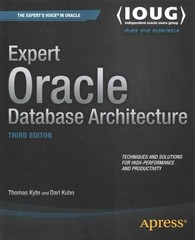Question
Given: struct clientData { int accountNumber; char lastName[ 16 ]; // c-style string, not string char firstName[ 11 ]; float balance; }; Create a random
Given: struct clientData { int accountNumber; char lastName[ 16 ]; // c-style string, not string char firstName[ 11 ]; float balance; }; Create a random access file of 101 records named credit.dat using these code segments in a function to initialize file to empty records: ofstream creditFile( "credit.dat", ios::out); clientData blankClient = { 0, "", "", 0.0 }; for ( int i = 0; i <= 100; i++ ) creditFile.write( reinterpret_cast( &blankClient ), sizeof( clientData ) ); creditFile.close(); member function write - outputs a fixed number of bytes beginning at a specific location in memory to the specific stream (file). The write function expects a first argument of type const char *, hence the use of reinterpret_cast to convert the address of blankClient to const char *. The second argument of write is an integer specifying the number of bytes to be written. Thus the use of sizeof( clientData ) . Since size will never change it must be declared as a constant variable; sizeof must only appear once in your program: for the constant declaration. The first entry in the file will be skipped so that record 1 is at position 1 and not position 0. Write data into the file [minimum of 15 records, not in 15 consecutive account numbers] getting all data from the user. Truncate user input if it is too long for the data field. Read data from the file. Loop, asking user for an account number to find (range 1 to 100, 0 to end input. error message if not a valid account number and try again). Print out all data fields for this account. Update an account. Loop, asking user for an account number to update (error message if not a valid account number and try again) or 0 to quit (do several updates). Update firstname, lastname, or balance (but NOT accountNumber). Print out all records that do not have accountNumber of 0, formatting output into columns (label columns).
Step by Step Solution
There are 3 Steps involved in it
Step: 1

Get Instant Access to Expert-Tailored Solutions
See step-by-step solutions with expert insights and AI powered tools for academic success
Step: 2

Step: 3

Ace Your Homework with AI
Get the answers you need in no time with our AI-driven, step-by-step assistance
Get Started


